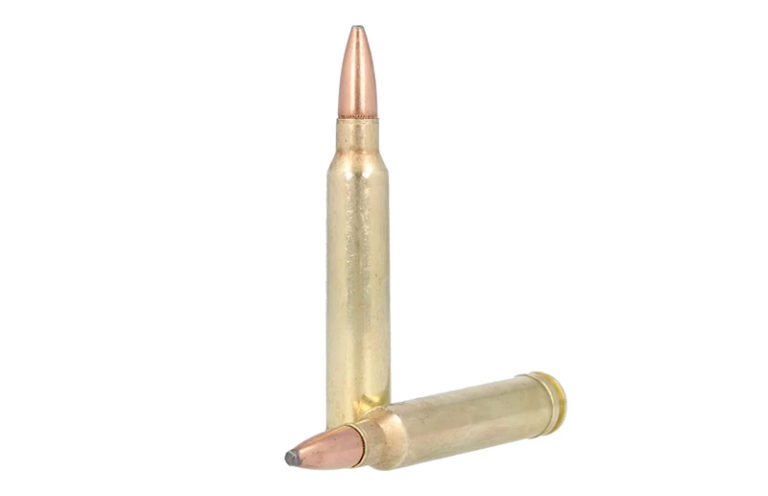
.300 Win. Mag. ammo outclassed many competitors upon release, but how does its performance hold up today?
A lot of different companies make .300 Win. Mag. ammo, but which loads are actually worth buying?
At that, what should you buy for what purpose? Is there a load that potentially does it all? Or a load that won’t break the bank?
Let's go over .300 Win. Mag. ammo by discussing what the best loads are capable of doing, the factory loads available for it and how its performance differs between various applications. Finally, we'll show you our top 10 picks of factory ammunition out there.
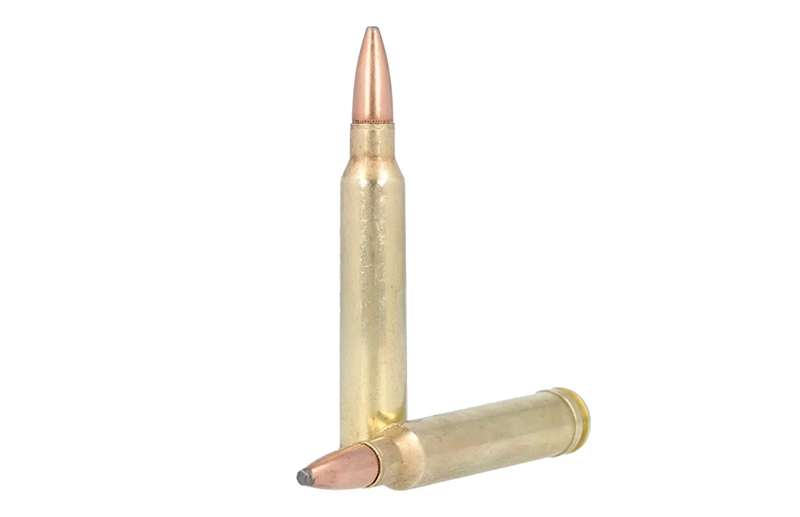
.300 Winchester Magnum: The .30-Caliber King
The .300 Winchester Magnum was created to push a .308 bullet fast enough for it to outperform .30-06. At the time, most factory bullets had lackluster terminal performance, and making the bullet go faster was the easiest way to improve it.
Winchester used .375 H&H as the parent, trimming it down to standard action length and necking it down to .308. That gives .300 Win. Mag. a case capacity advantage compared to .30-06 (93.8 grains versus 68 grains) along with a 150 fps to 300 fps velocity advantage and at least a 300-foot-pound gain in energy.
However, the .300 Win. Mag. is still relatively civilized in terms of recoil. Few loads exceed 26 foot-pounds in an 8- to 8.5-pound rifle.
Besides the ballistic advantage, the longer effective range was soon noted both by hunters and the world's militaries who found it far outranged 7.62mm NATO. The US Army reportedly considers the maximum effective range of .300 Win. Mag. to be just over 1,100 meters, compared to 800 meters for 7.62 NATO.
The harder hit, longer legs and relative civility of .300 Winchester Magnum have made it a favorite of hunters the world over, mid-to-long-range target shooters and military snipers.
.300 Win. Mag. Ballistics
The stereotypical .300 Win. Mag. load is a 180-grain bullet at somewhere (depending) between 3,150 and 3,200 feet per second, with about 4,050 to 4,100 foot-pounds of energy with a typical recoil force of 25 foot-pounds in an 8-pound rifle.
When released, it actually had quite an advantage over .30-06. Here's a 750-yard trajectory table for an older factory loading, good ol' 180-grain Remington Core Lokt (G1 BC of .383, muzzle velocity of 2,700 fps).
All tables were made using ShootersCalculator with a 100-yard zero, a 1.5-inch height over bore, a 10 mph 90-degree crosswind and zero corrections for atmosphere.
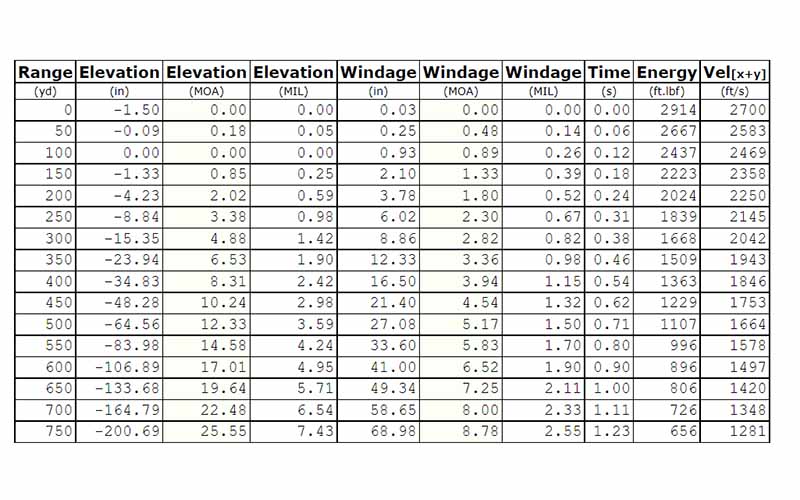
And here's the same trajectory table for the equivalent .300 Winchester Magnum load (G1 BC of .383, muzzle velocity of 2,960 fps).

Besides the additional 260 fps of velocity (and 600-ish additional foot-pounds of energy) at the muzzle, the .300 Win. Mag. drops 3 fewer inches at 300 yards, 13 fewer inches at 500 yards and almost 40 fewer inches at 750 yards. At 750 yards, .300 Win. Mag. also has drifted almost 10 fewer inches due to wind.
Taken past 750 yards, this loading of .300 Win. Mag. doesn't drop below the sound barrier until just past 1,000 yards. Meanwhile, the .30-06 load goes transonic at 925.
So, it flies a little flatter and hits harder…but what does a modern .300 Winchester Magnum load do with a low-drag/high-BC bullet?
This is a 1,000-yard table for Federal’s 215-grain Gold Medal Berger Hybrid match bullet for .300 Win. Mag. which has a 0.691 G1 ballistic coefficient at a factory velocity of 2,850 fps.

As you can see, it's still supersonic at 1,000 yards with some distance to go before dropping below the sound barrier. In fact, this load doesn't go transonic until 1,725 yards.
This should also give you an idea of why the world's militaries (and some police units) found the cartridge to be an ideal medium- to long-range sniper round. This loading just barely drops below supersonic velocity at one mile.
Modern low-drag hunting bullets also make the .300 Win. Mag. one of the best choices for 400+ yard shots on medium to large game, such as Winchester's Long Range Expedition load which uses a 190-grain Nosler AccuBond LR bullet (G1 BC of .64) and has a factory velocity of 2,900 fps.
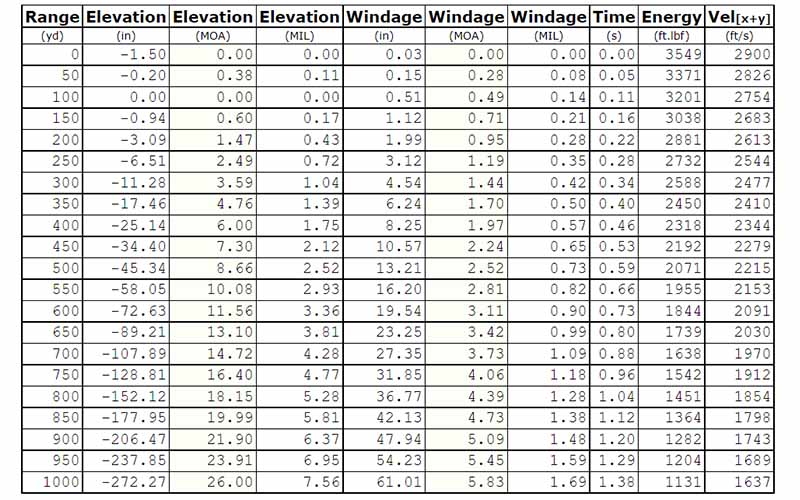
Similarly, this load doesn't go transonic until 1,700 yards.
That's what makes it one of the best possible choices for longer-range hunting use…so long as you're capable of actually making the shot!
What .300 Win. Mag. Ammo Should I Get?
The archetypical load is a 180-grain soft point. You can also find bullets as light as 139 grains and as heavy as 220 grains.
For medium game up to elk in North America or gemsbok or kudu in Africa, the 150- and 165-grain bullets are a fine choice. The classic soft point will do fine with good placement, although the careful selection of a quality modern bullet is highly recommended if you anticipate longer shots.
Barnes VOR-TX TTSX load, HSM's Berger VLD Hunting load, and Hornady Superformance would all be good choices here. At more modest distances—say 400 yards or closer—Remington Core Lokt makes a good case for itself.
For larger game, the 180-grain and heavier bullets are the best choices. If you need the bullet to punch through denser muscle and more bone than a whitetail, look for a bonded bullet with a track record of excellent weight retention. These are known to be adequate for hunting large bears and larger-bodied plains game in Africa.
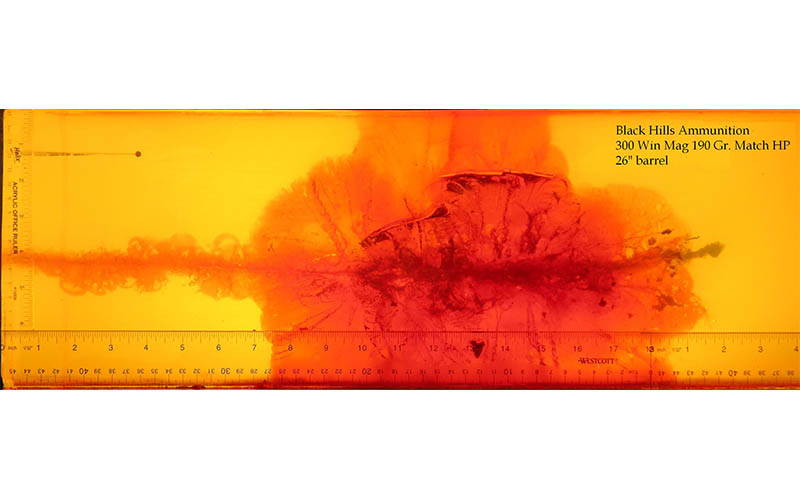
Nosler Partition 180-grain and 200-grain bullets are excellent choices too. Factory loads are available from Nosler, Federal and some others. Swift A-Frame and Scirocco II loads (available from Swift and Remington) are as well.
You'll also find better long-range loads in the 180-grain and heavier bullets. Nosler's AccuBond LR is a fantastic choice.
While the 180- to 190-grain bullets more than suffice, the 200-grain loads are often preferred for bear hunting specifically. Look for bonded soft points and hollow points from Nosler, Swift and others.
For long-range target shooting, opt for hollow point boat tail match bullets that are 180 grains or heavier. The higher the BC, the better. Excellent factory bullets include Hornady VLD and ELD bullets, as well as Berger's VLD and Sierra's Match King bullets.
The Sierra Match King 230-grain bullet offers a staggering G1 BC of .800 above 1,900 fps.
The gold standard for factory loads is the Black Hills 190-grain Sierra MatchKing load, which Black Hills supplies to the US Army. Federal's Berger 210-grain load is another excellent long-range load, as is a quality clone of the military MK248 Mod1 load which uses a 220-grain hollow point boat tail.
So…what are the best loads to buy? Here are 10 outstanding choices!
Top 10 Best .300 Win. Mag. Ammo Options:
Remington CoreLokt 180-Grain
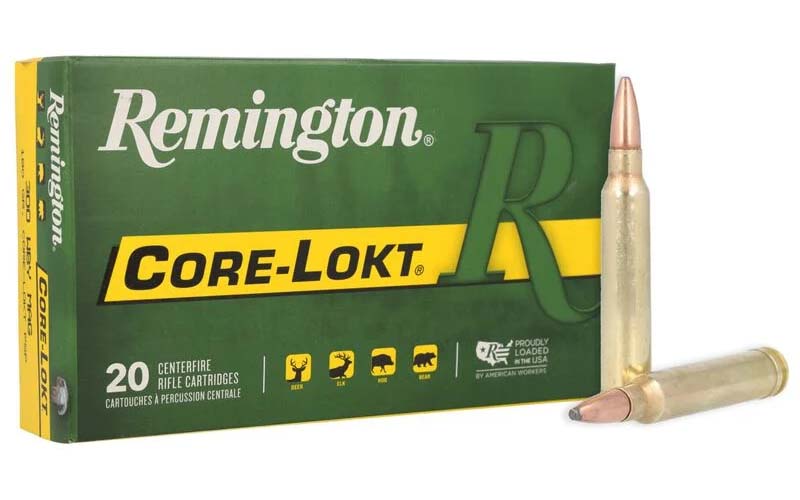
While hardly the most modern load, the close- to medium-range performance relative to price and availability keeps the Deadliest Mushroom In The Woods viable to this day.
- Bullet: Pointed Soft Point
- Weight: 180 grains
- Muzzle Velocity: 3,501 fps
- Muzzle Energy: 2,960 foot-pounds
- G1 BC: 0.383
- MSRP: ~$35 per box of 20
Federal Premium 180-Grain Swift Scirocco II
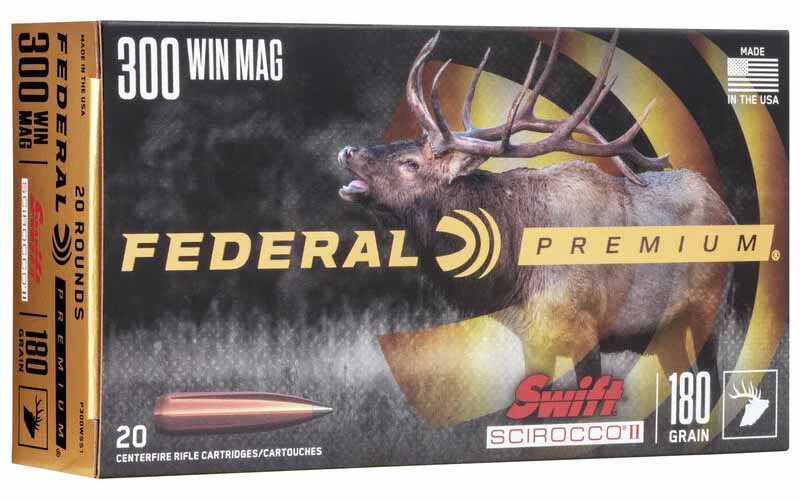
An exemplar of modern bonded bullets with an aerodynamic shape. An excellent all-around hunting load even out to longer ranges. Money-wise, the Federal Scirocco load will run you a little less than Swift's.
- Bullet: Bonded Polymer Tip Boat Tail Hollow Point
- Weight: 180 grains
- Muzzle Velocity: 2,960 fps
- Muzzle Energy: 3,502 foot-pounds
- G1 BC: 0.520
- MSRP: ~$55 per box of 20
HSM 200-Grain HPBT Match
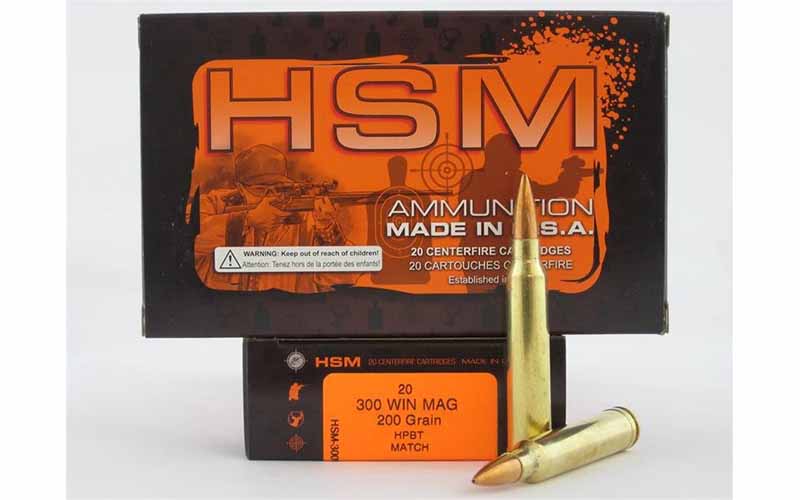
If you want to take the .300 Win. Mag. as far out as it can go without going flat broke, HSM's 200-grain Match load—which uses the Sierra MatchKing boat tail hollow point—is one of the best.
- Bullet: Boat Tail Hollow Point
- Weight: 200 grains
- Muzzle Velocity: 2,850 fps
- Muzzle Energy: 3,608 foot-pounds
- G1 BC: .715
- MSRP: ~$50 per box of 20
Norma Whitetail 150-Grain Soft Point
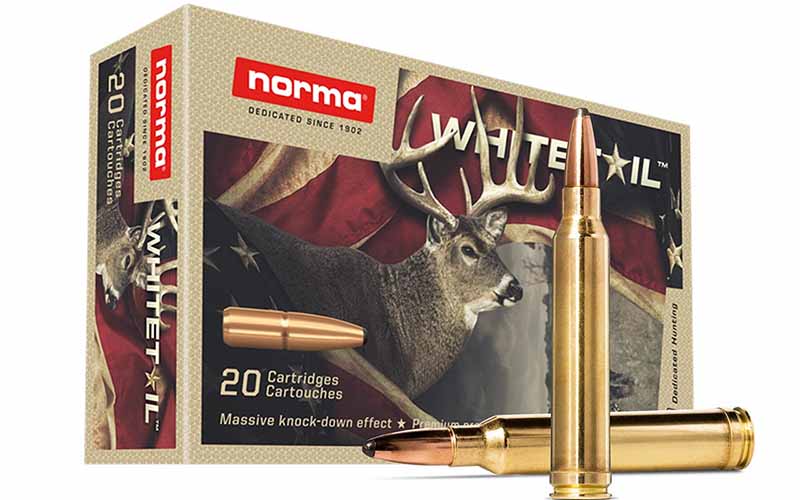
Norma Whitetail is an economical classic soft point load that's an excellent choice for smaller, thin-skinned game. It's also about as close to cheap-range ammo as it gets for this cartridge.
- Bullet: Soft point
- Weight: 150 grains
- Muzzle Velocity: 3,248 fps
- Muzzle Energy: 3,513 foot-pounds
- G1 BC: 0.274
- MSRP: ~$25 per box of 20
Winchester Expedition Long Range 190-Grain Nosler Accubond LR
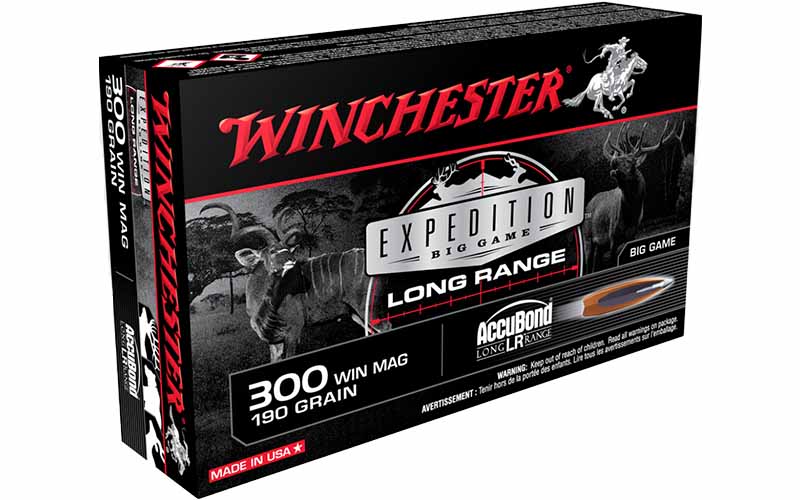
An excellent do-it-all load for all ranges and all game. It’s still rather costly, but less so than the Nosler factory load.
- Bullet: Tipped Hollow Point Boat Tail
- Weight: 190 grains
- Muzzle Velocity: 2,900 fps
- Muzzle Energy: 3,547 foot-pounds
- G1 BC: 0.64
- MSRP: ~$60 per box of 20
Black Hills Ammunition 190-Grain Match HPBT
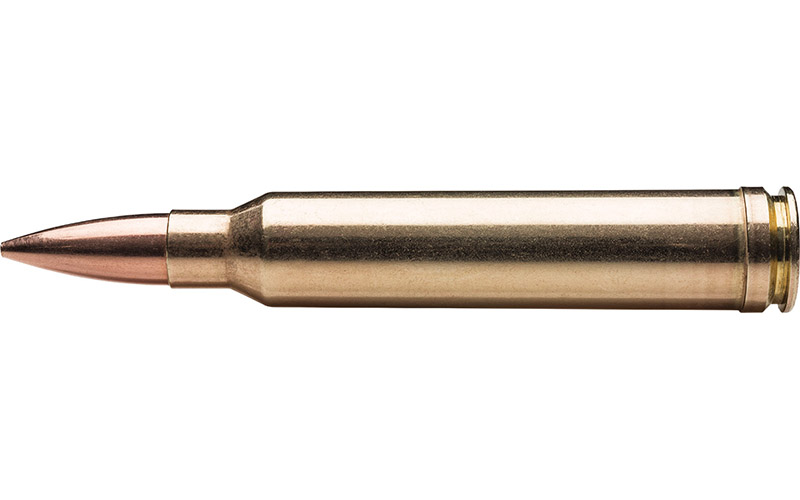
Black Hills is one of the suppliers to the US military, and its 190-grain match load (using the Sierra MatchKing 190-grain HPBT) is the older A191/Mk 248 load. This is what professionals use for long-range precision.
- Bullet: Boat Tail Hollow Point
- Weight: 190 grains
- Muzzle Velocity: 2,950 fps
- Muzzle Energy: 3,671 foot-pounds
- G1 BC: 0.533
- MSRP: ~$65 per box of 20
Federal Premium Terminal Ascent 200-Grain Polymer Tip
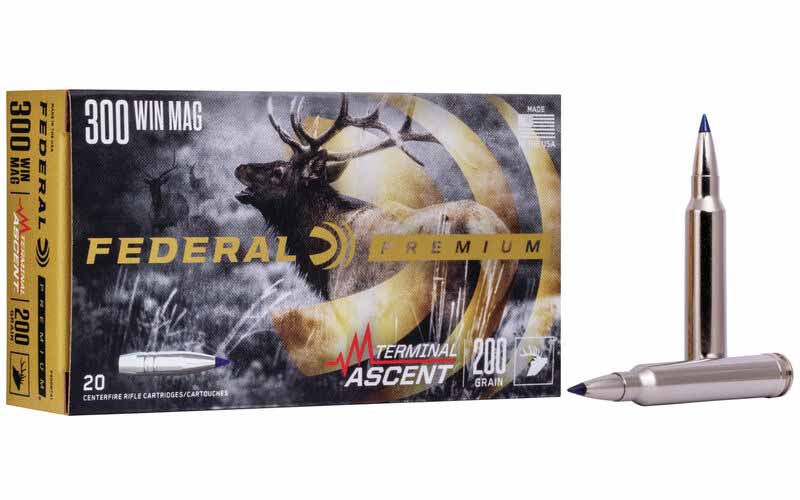
The Terminal Ascent tipped bonded hollow point is a heavy, aerodynamic bullet that's best suited for medium- to long-range shots on big game.
- Bullet: Tipped Hollow Point
- Weight: 200 grains
- Muzzle Velocity: 2,810 fps
- Muzzle Energy: 3,506 foot-pounds
- G1 BC: 0.608
- MSRP: ~$60 per box of 20
LAX Ammunition Freedom MK248 Mod1 220-Grain HPBT
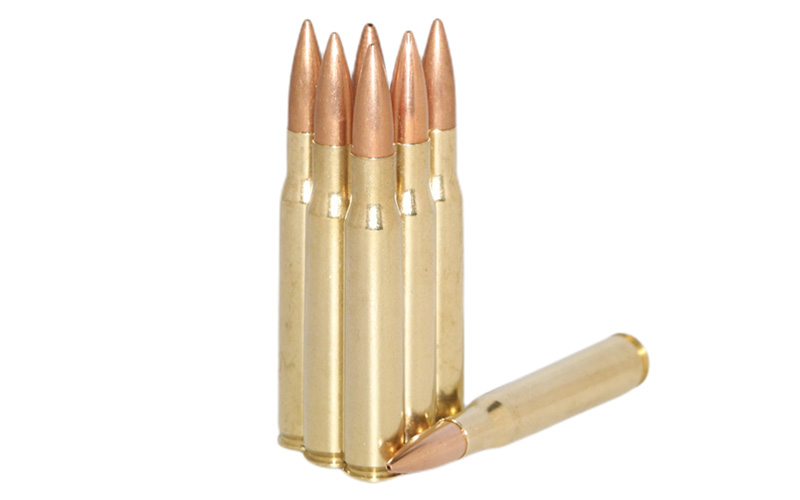
Another economical match/long-range load worth looking into is LAX Ammunition's MK248 Mod1 clone, which uses a Sierra MatchKing 220-grain bullet.
- Bullet: Boat Tail Hollow Point
- Weight: 220 grains
- Muzzle Velocity: 2,850 fps
- Muzzle Energy: 3,969 foot-pounds
- G1 BC: 0.629
- MSRP: $40 per box of 20
Buffalo Bore Barnes Supercharged 200-Grain TSX
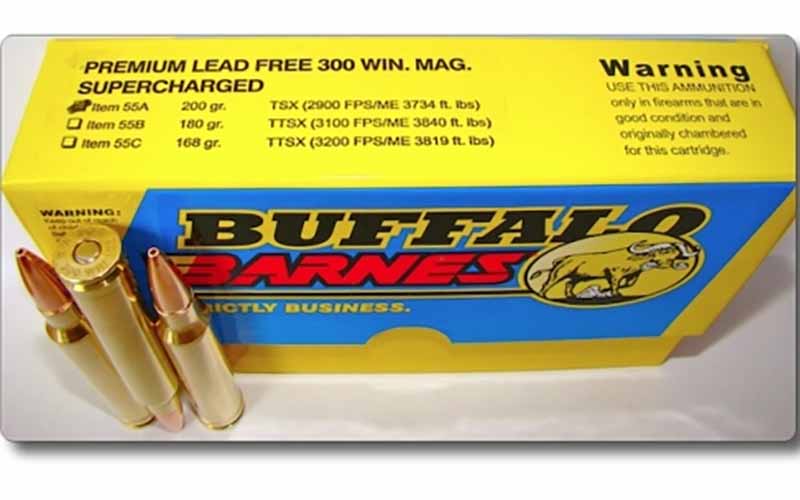
If you were looking for a heavy-for-caliber lead-free hunting bullet, Buffalo Bore offers a factory load with the Barnes TSX copper hollow point.
- Bullet: Solid Copper Hollow Point
- Weight: 200 grains
- Muzzle Velocity: 2,800 fps
- Muzzle Energy: 3,481 foot-pounds
- G1 BC: 0.423
- MSRP: $92.99 per box of 20
Hornady 165-Grain CX Superformance

A modern high-velocity load for hunting lighter plains and mountain game, with Hornady's copper monolithic hollow point for deeper penetration, excellent weight retention and reliable expansion at longer range.
- Bullet: Tipped Copper Hollow Point
- Weight: 165 grains
- Muzzle Velocity: 3,260 fps
- Muzzle Energy: 3,893 foot-pounds
- G1 BC: 0.440
- MSRP: ~$70 per box of 20
Raise Your Ammo IQ:
- Beyond The 6.5 Creedmoor: The Other 6.5 Cartridges
- Ammo Brief: The Versatile .243 Winchester
- .22-250 Ammo: Top 7 Loads For Any Purpose
- The Lonesome Story Of The Long-Lost 8mm
- Why The .300 H&H Magnum Still Endures
- .350 Legend Vs .450 Bushmaster: Does One Win Out For Hunting?

Next Step: Get your FREE Printable Target Pack
Enhance your shooting precision with our 62 MOA Targets, perfect for rifles and handguns. Crafted in collaboration with Storm Tactical for accuracy and versatility.
Subscribe to the Gun Digest email newsletter and get your downloadable target pack sent straight to your inbox. Stay updated with the latest firearms info in the industry.

![Best Concealed Carry Guns In 2025 [Field Tested] Wilson Combat EDC X9S 1](https://gundigest.com/wp-content/uploads/Wilson-Combat-EDC-X9S-1-324x160.jpg)


![Best 9mm Carbine: Affordable PCCs [Tested] Ruger Carbine Shooting](https://gundigest.com/wp-content/uploads/Ruger-Carbine-Shooting-100x70.jpg)
![Best AR-15: Top Options Available Today [Field Tested] Harrington and Richardson PSA XM177E2 feature](https://gundigest.com/wp-content/uploads/Harrington-and-Richardson-PSA-XM177E2-feature-100x70.jpg)

Well, when I have an old Mauser 97 worked up for a long 30-06 with a 28″ Douglas Barrel and a nice 24x scope it does me well and I don’t have to lay out a chunk of unavailable funds these days I’m happy and if the shot is to far away I just walk a bit. If I want more recoil I’ll opt for my Marlin SBL 45-70 and a 400 grain or 300 grain for better at 200 yards or less or play with my 458 Win Mag and the 500 grain bullet to hurt myself.
That all said the 300 WinMag is a great round if you want and can go out for a new rifle. Or dream of stuffing if with more powder like a friend who pushes everything to the max but me I’m happy with a bit of walking.
Have a great day and shoot more.